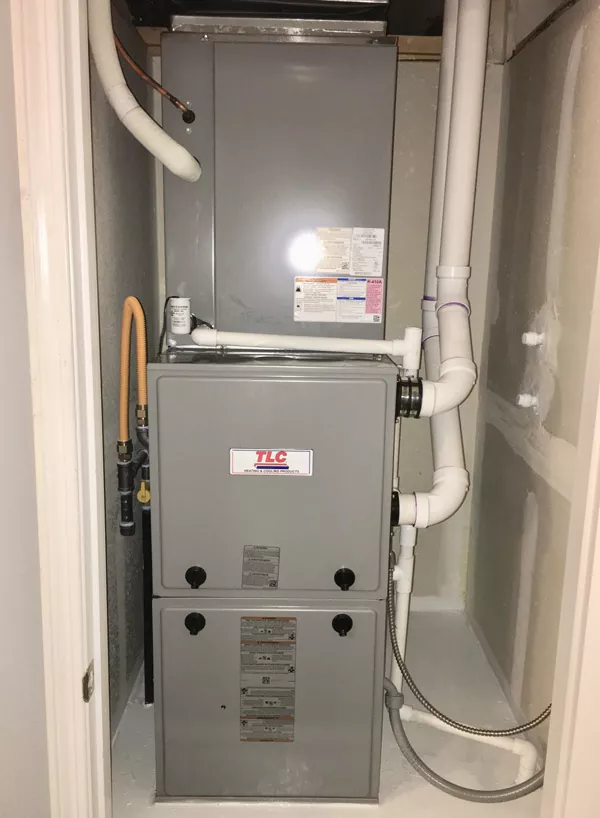The Ultimate Guide to Heater Installation for a Cozy Home
Furnace setup is an important facet of keeping a comfortable home setting, especially throughout the chillier months. As you think about these aspects, the concern remains: what actions can you take to guarantee your furnace offers you well for years to come?
Kinds of Heaters

Gas heating systems are the most typical option as a result of their performance and reduced functional expenses. They make use of natural gas or lp, giving quick heating and regular efficiency, making them optimal for cooler climates.
Electric heaters, while generally much easier to install and preserve, have a tendency to have higher functional costs. They are often favored in locations where gas solution is not available or for homes with existing electric facilities.
Oil heating systems, though less common today, remain a sensible alternative in certain areas. They melt heating oil, which can be beneficial throughout cooler months, yet their reliance on oil shipment presents possible difficulties.
In addition, there are high-efficiency designs offered throughout these types, which can considerably decrease energy consumption and utility costs - furnace installation. Inevitably, recognizing these furnace kinds will assist home owners select a system that aligns with their home heating requires, spending plan, and power preferences
Choosing the Right Dimension
Selecting the ideal dimension for a heater is critical to ensuring optimum performance and power performance. An undersized furnace will struggle to maintain comfy temperatures during the chilly months, bring about boosted damage, higher energy expenses, and possible system failing. Conversely, a large furnace may cycle on and off also often, causing inefficient heating and unequal temperature level distribution within the home.
To identify the proper heating system size, an estimation understood as the Manual J load computation should be done. This process evaluates various elements, including the square video of the home, insulation degrees, home window sizes, and neighborhood climate conditions. This extensive evaluation guarantees that the furnace fulfills the certain home heating demands of the area.

Setup Refine Review
In terms of materials, you will certainly need ductwork, insulation, and sealing tape to ensure optimum air flow and energy performance - furnace installation. It is additionally important to have a new heater filter accessible, in addition to venting materials, such as PVC pipeline or metal flue, depending on the kind of heating system being installed
Safety and security devices, including handwear covers, goggles, and a face mask, is likewise vital to protect versus dust and particles during installment. Having all these tools and products easily offered not just enhances the process however also improves the safety and efficiency of the furnace setup.
Maintenance Tips for Durability
To ensure the long life of check these guys out your heater, it is vital to carry out a routine maintenance schedule that attends to crucial elements of the system. Begin by replacing or cleaning the air filter each to three months, as a clogged filter can restrict airflow and lower efficiency. In addition, check and cleanse the blower setting up to stop dirt accumulation that can impede efficiency.
Next, check the thermostat settings and recalibrate if required to guarantee precise temperature regulation. Inspect the ductwork for leakages or obstructions, as this can lead to energy loss and uneven home heating. Frequently lubricate the electric motor and bearings according to the producer's suggestions to lessen wear and tear.
Professional assessments ought to happen annually, where a certified professional can evaluate the heating system's overall problem, look for gas leaks, and ensure that safety and security attributes are operating correctly. Think about setting up a programmable thermostat to maximize energy usage and preserve regular home temperature levels. By embracing these upkeep practices, you can boost your furnace's effectiveness, prolong its life-span, and inevitably appreciate a comfy and comfortable home environment.
Final Thought
